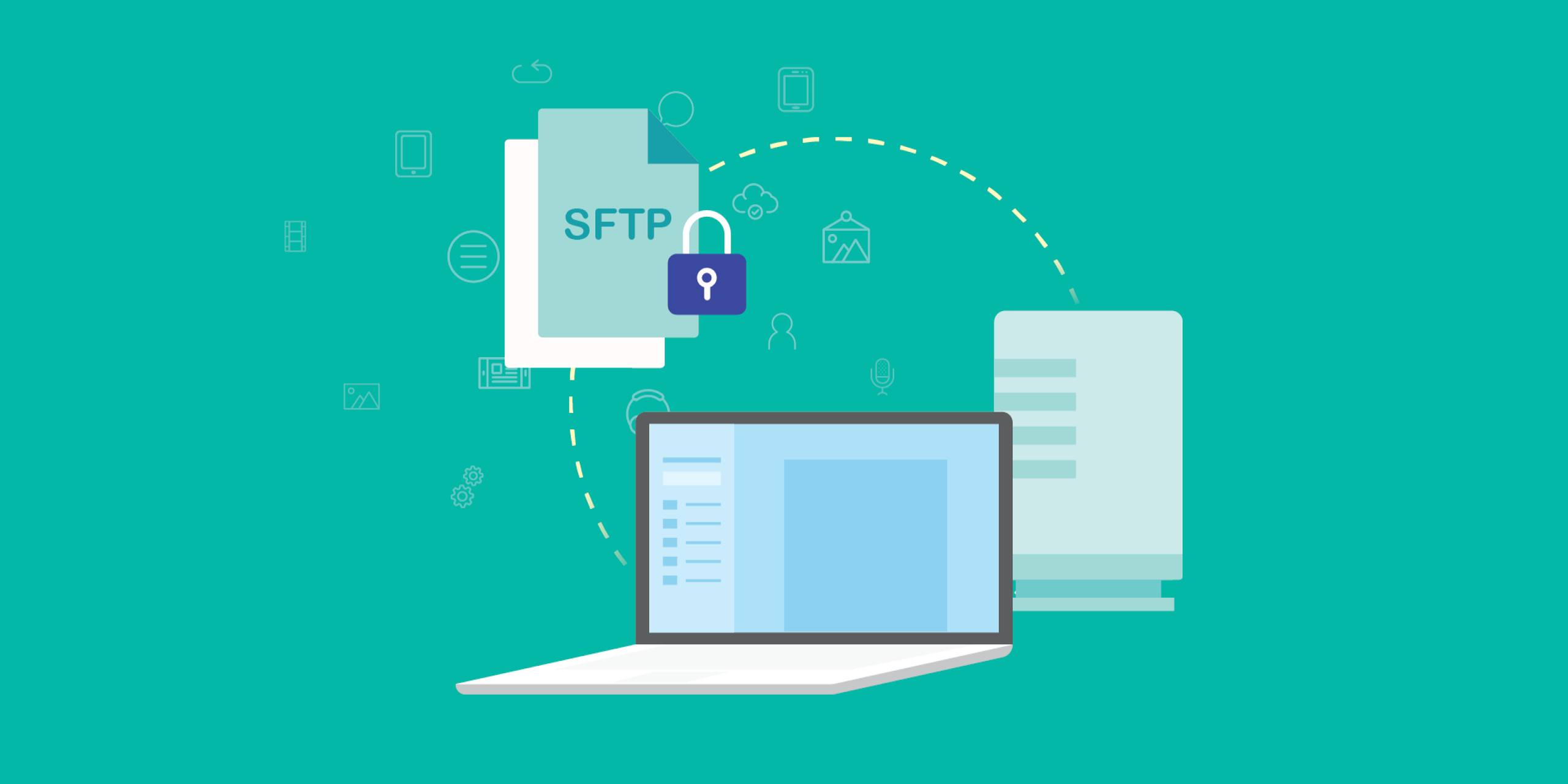
SFTP: The Future of Large Data Transfers
In a world where sharing files is as easy as clicking a link, it’s hard to imagine using older services like FTP. Believe it or not, FTP and its derivatives, FTPS, FTPES and SFTP, are still widely preferred for processes like bulk file/folder transfers.
To understand why FTP and SFTP are still relevant, it’s important to first know what makes each subsidiary unique. So, let’s explore the differences between them.
FTP
This protocol has been around since the early ‘70s and enables large amounts of data to be transferred between locations. The trouble with basic FTP is that it requires multiple ports to be opened in firewalls and files are shared in the clear, without any encryption. While most web browsers support FTP, this method isn’t secure.
FTPS
The extension was released in the mid-2000s as the first version of encrypted FTP available. It added support for the Transport Layer Security (TLS) and Secure Sockets Layer cryptographic protocols. Although FTPS offers more security than basic FTP, it’s not supported by major web browsers and requires a certificate to confirm the server’s public key. In addition, FTPS doesn’t address the complexities of multi-port firewall requirements that come with FTP.
FTPES
FTPES is a newer, more flexible but potentially less secure form of encrypted FTPS. FTPES can support both encrypted FTPS and unencrypted FTP sessions on a single connection. While FTPES also encrypts the transmission channel using TLS/SSL, it is considered less secure than its predecessor because it requires clients to explicitly ask for an encrypted FTP connection. This leaves the possibility for improper security configuration by clients and negotiation of non-encrypted FTP sessions that hackers can tap into.
SFTP
This method is a completely different protocol that was defined in 2006. It facilitates data access and transfers over a Secure Shell (SSH) protocol. It doesn’t require multiple firewall ports to be opened, nor does it require a certificate. SFTP requires the server to authenticate the client user and that the data transfer takes place over a secure channel (SSH). This makes its implementation significantly easier and ultimately more secure.
Adoption of SFTP is on the rise because it combines security and simplicity. SFTP requires only a single connection for control and data, making it firewall-friendly, whereas FTPS and FTPES require a wide range of open ports. It’s also often a requirement for organizations in industries like government and healthcare. Needless to say, we’re excited to now support SFTP in Egnyte.
Here are some real-world examples of how our customers use SFTP, and how using SFTP with Egnyte makes it better.
- A financial services customer regularly exchanges sensitive documents with business partners. Since security and compliance with strict data regulations is paramount, their partners require that all transfers use SFTP. Previously, this customer had to maintain their own server to support SFTP, but they’ve since decommissioned the server and now use Egnyte exclusively.
- Real estate companies use a lot of printed material, but they must also keep these documents available digitally. Copy machines can convert paper to digital, but sharing digitized files often required email, FTP, or a consumer file sharing solution. Now that we support SFTP, our real estate customers can easily and securely upload scanned documents from their copy machines directly to Egnyte.
- A customer in healthcare does data processing and research for their partners. Daily operations include batch transfers of very sensitive market and patient data to relevant parties. Obviously, FTP isn’t an option because of security, and FTPES is too complicated for most small companies, especially those with limited IT resources. This means that without Egnyte, their only viable option was to deploy a standalone SFTP server, which was time consuming and costly. However, our SFTP support enables sensitive files to be transferred securely and without the hassle of maintaining separate servers.
These are just a few ways in which real businesses leverage our new SFTP capability to streamline operations and maintain security. To learn more about how Egnyte can help your business modernize current content infrastructure, click here.
Already an Egnyte user? Click here to see how to enable it on your domain.






